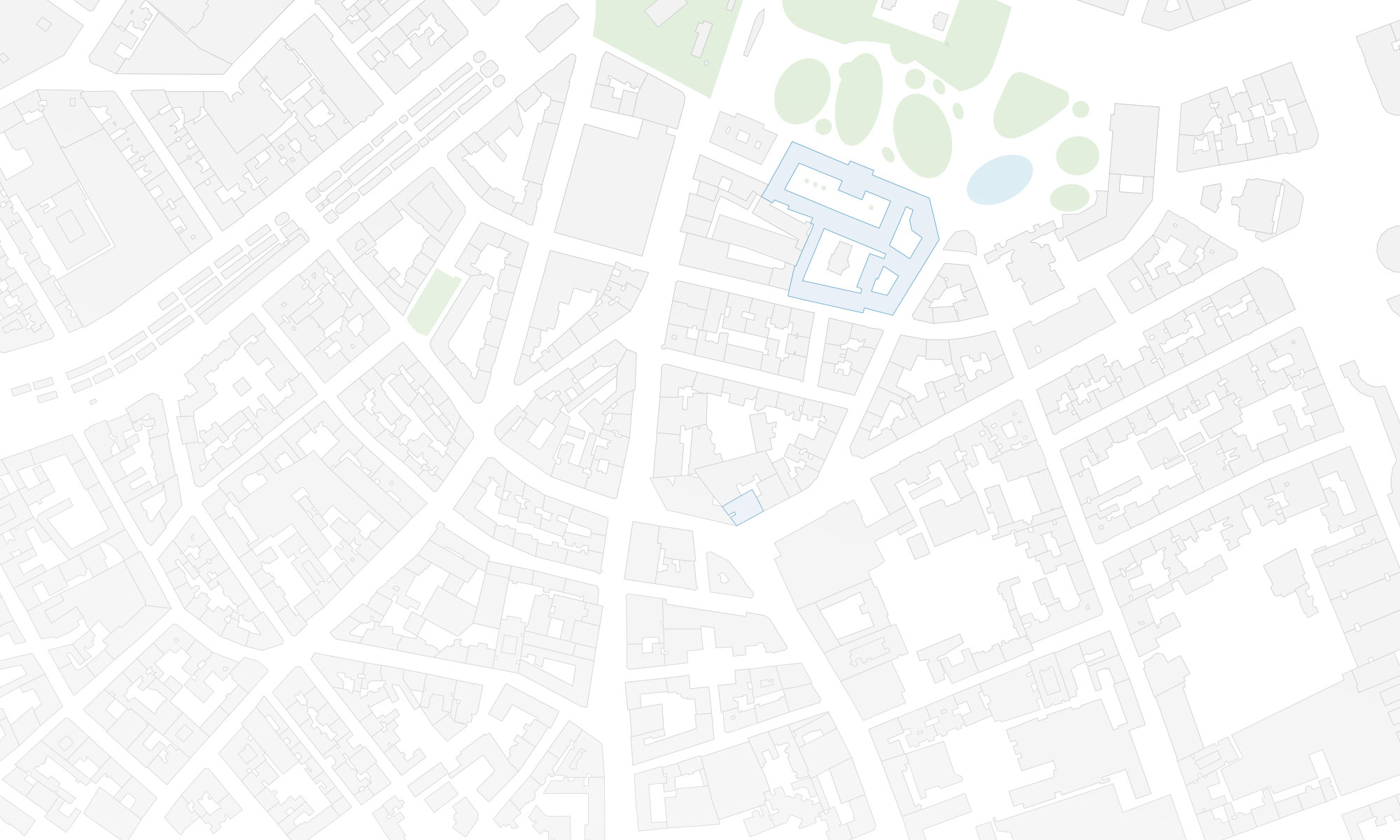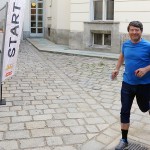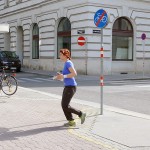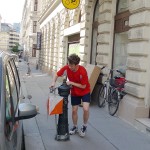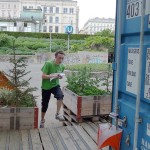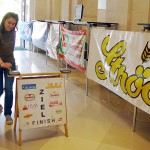We are happy to invite you to a CartoTalk by our guest professor David Fairbairn from Newcastle University. The CartoTalk is organized in conjunction with the research seminar of the Research Group Photogrammetry.
Archaeological landscape characterisation using LiDAR data
Abstract: The contemporary availability of high-resolution, high-accuracy digital terrain models sourced from LiDAR data collection exercises has allowed archaeologists and other landscape scientists to examine landscapes of interest in more detail and in a more quantitative manner. This talk describes some initial examination of human-influenced (i.e. disturbed) landscapes in northern England from various periods in history, with reference to LiDAR-sourced data, and speculates whether it will be possible to use further non-geometric characteristics of the LiDAR data to derive additional information about such landscapes. The methods of representation of such disturbed landscapes are also considered.
David Fairbairn has been employed by the Newcastle University since 1978. A wide variety of geospatial data handling issues have been of research interest over that period, including the structuring and presentation of terrain data, the quantification and use of indices of map complexity, the effective visualisation of map designs, the linkage between mapping and navigation, and issues connected to crowdsourcing and cartographic requirements for SDIs.
Tuesday, 26 May 2015, 14:00, Seminar room 122
Gusshausstraße 27-29, 3rd floor, wing CC
